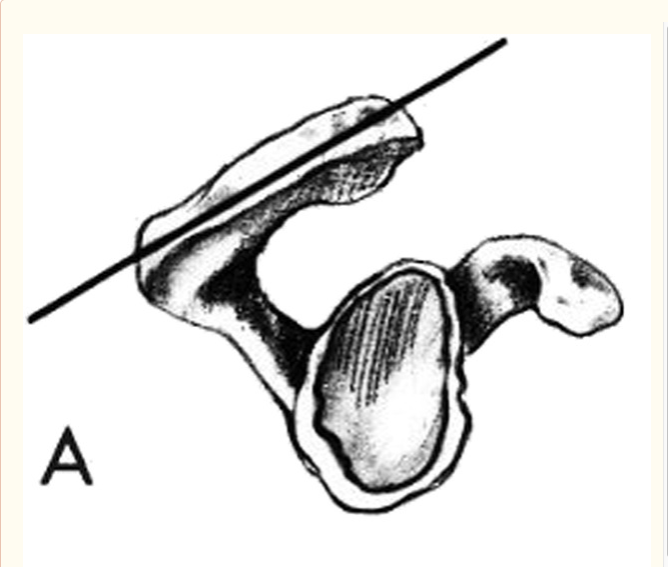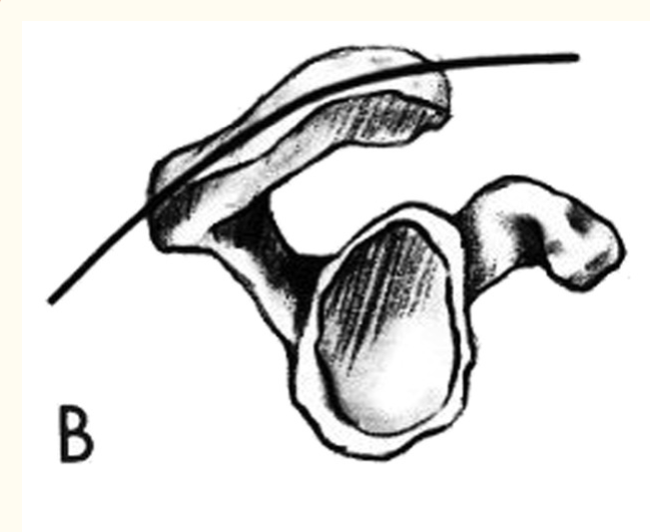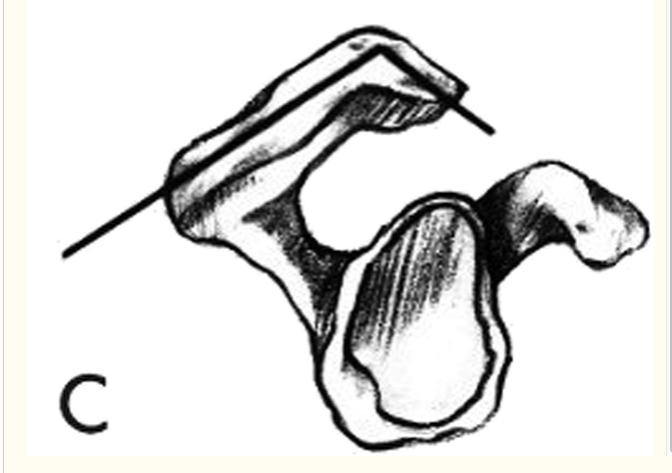The acromial region is one of the most significant parts of the human anatomy that everyone in the medical field has no other option but to study. While this part of the human body may seem a tad complex, it sure does come with its fair share of uses. Without further ado, let’s start with defining the term acromion:
Contents
Contents
What’s the definition of the term acromion?
For those who aren’t quite intimate with the term, the acromion is part of the shoulder blade that’s found on the scapular to be specific. The acromia, or acromion if singular, extends over the shoulder joint, making it easy for the articulation to the clavicle. The acromion region is also where movement occurs in the process called the coracoid process.
What’s the reason for the Bigliani classification of acromia?
The curved interior of the shoulder bone, or the clavicle in layman terms, can be divvied up into three variations, which is now four. The latter was also known as the Bigliani classification. The whole point of the Bigliani classification was to determine whether or not the acromial process (or acromial region) was responsible for rotator cuff tears – a common injury in sports. (https://matchkicks.com/)

The research revealed different results as far as the three variations of acromia were concerned. The three variations in question included Type I Acromia, Type II Acromia, and Type III Acromia. Type IV Acromia was most recently added to the list.

Of course, the Bigliani Classification didn’t come without its fair share of doubts and drawbacks. The latter explains why most clinicians still use it but with caution. According to Bigliani, approximately 69% of rotator cuff tears cases had Type III Acromia while 24.4% of these were Type II Acromia.

These three sections have a very complex relationship whose constant interaction results in movement in different directions. There are also muscles and tendons involved thus increasing movement and stability. The experts would encourage regular exercise to ensure flexibility as well as strength and stability.
If you follow the doctor’s instructions, then your acromion should do a great job when it comes to protecting the glenoid cavity. It’ll also do a great job in articulating the clavicle thus giving your entire frame more stability and overall strength.
What’s the most recent acromial classification and the distinction between each class?
A lot of confusion arises when it comes to differentiating the variations and types of acromia. As I mentioned earlier, there are three variations of acromia. But, when it comes to the types of acromia, then there are four in total. The only way for you to tell the difference between the four types of acromial, or acromion morphology as the experts would like to call it, is through a comprehensive sagittal oblique MRI.
The first type of acromial is the flat inferiorly acromial. According to relevant studies, the latter accounts for approximately 12% of the total cuff tear cases in the acromion region. The second type of acromial is the curved acromial. The curved acromial accounts for at least 56% of the total cases of cuff tears in the acromion region. The curved acromial has a concave undersurface and it can be found lying parallel to the humeral head.
The third and the most recent discovery (and classification) of the acromion shape process is the upturned (convex) acromiale. The latter accounts for about 3% of the total cases of cuff tears in the acromion region. Studies show that the convex acromiale has a convex shape near its distal end, hence its name. there has been a course to believe that there’s a connection between the latter region and the impingement syndrome but to this day, no evidence of a correlation has been unearthed.
The fourth and final classification of the acromial region is the hooked acromial. The latter can be found in the most anterior part of the acromion and accounts for approximately 29% of the entire region. The latter area is responsible for increasing shoulder impingement. This region has a hooked shape.
Is the acromial region in humans similar to that of other mammals?
Even though all mammals come with a morphology that’s made of flesh and bone, it’s quite plausible that they do differ and that’s the case due to several variables. For starters, mammals that live in water may have a different bone structure than those on land simply because they tend to swim instead of walk or slither (in the case of mammals without limbs).
That said, it’s safe to conclude that the acromial region in humans is slightly different from those of other mammals for the same reason stated above. Also, the acromial region in humans is believed to have evolved thus making it a tad more complex (or at least a few notches more complex than the rest).
If you compare the acromial region between humans and that of the primates, the human acromion tends to be steeply sloped. The latter is the case because humans walk upright while most primates alternate from walking straight to walking on fours. That said, it’s safe to conclude that the acromial region in humans is slightly different from that of other mammals.